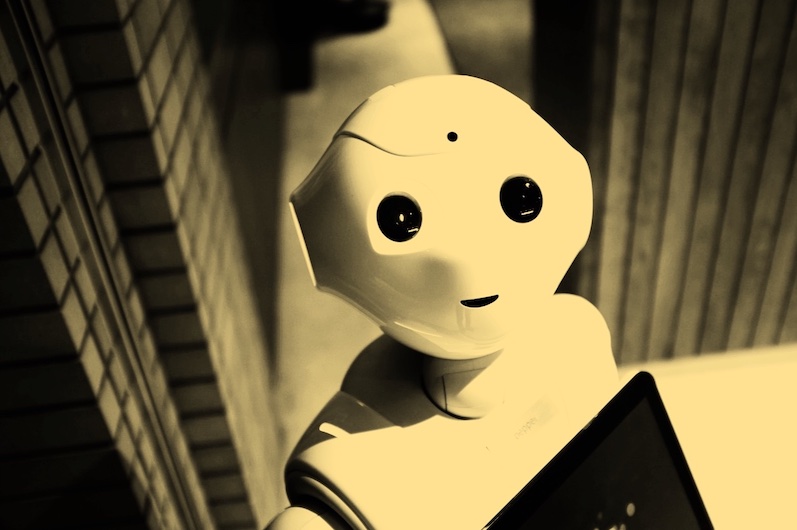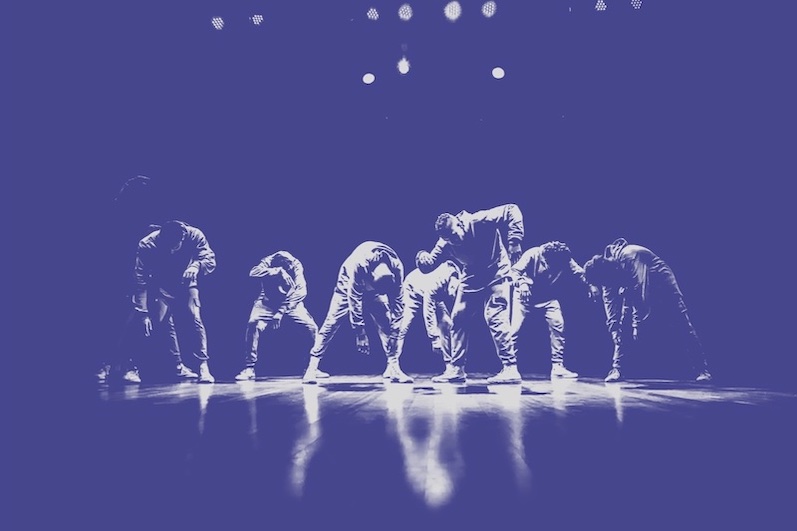What is it about?
With advances in technologies, robots can be employed in collaboration with human for completing the shared objective(s). This paper proposes a novel time-variant human cognitive performance modeling approach for human-robot collaborative actions. The proposed model considers human cognitive performance as a function of human cognitive workload, robot performance, and human physical performance. Novel about the proposed model is its ability to relate human cognitive workload and the task complexity to a utilization factor which is functionally correlated with the robot's mistake probability. The developed model is validated via a simulation environment and confirms that if the task complexity or the robot's mistake probability increases, human cognitive performance reduces over time.
Featured Image

Photo by Katja Anokhina on Unsplash
Why is it important?
We present a dynamic cognitive performance model that quantifies how human cognition evolves during human-robot collaboration (HRC) based on task complexity, robot reliability, and physical demands on the human. This is important in HRC system design, where optimizing shared task execution depends on understanding and managing human cognitive limits in real time. Two significant contributions of this work are: a) the formulation of a time-variant human cognitive model that connects human workload, physical fatigue, and robot-induced errors into a unified framework; and b) the introduction of a utilization factor that captures the degradation of human performance as a function of rising robot error rates and task complexity. These insights offer a practical path to designing more adaptive and human-aware robotic collaborators, helping to ensure safety, sustainability, and productivity in increasingly complex shared workspaces.
Perspectives
I hope this article brings attention to the often-overlooked dimension of human cognitive dynamics in collaborative robotics. While robotic systems are advancing rapidly, it's crucial not to treat human performance as static or secondary. I see this work as a small step toward making robots more empathetic collaborators—ones that can adapt not just to physical constraints but also to the mental strain experienced by their human partners. If nothing else, I hope this work sparks new thinking about how we quantify and prioritize human well-being in automated environments.
Md Khurram Monir Rabby
Read the Original
This page is a summary of: An Effective Model for Human Cognitive Performance within a Human-Robot Collaboration Framework, October 2019, Institute of Electrical & Electronics Engineers (IEEE),
DOI: 10.1109/smc.2019.8914536.
You can read the full text:
Contributors
The following have contributed to this page







